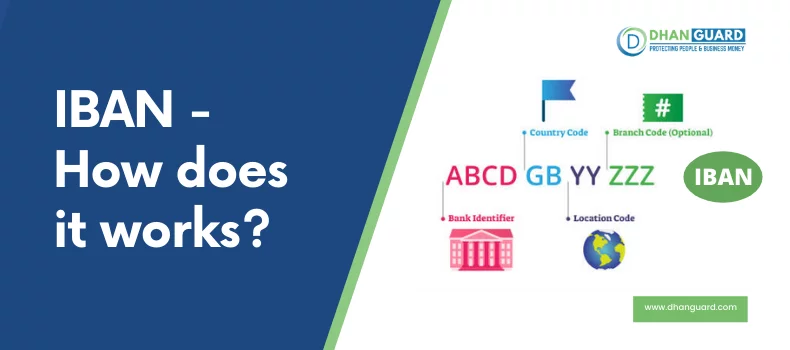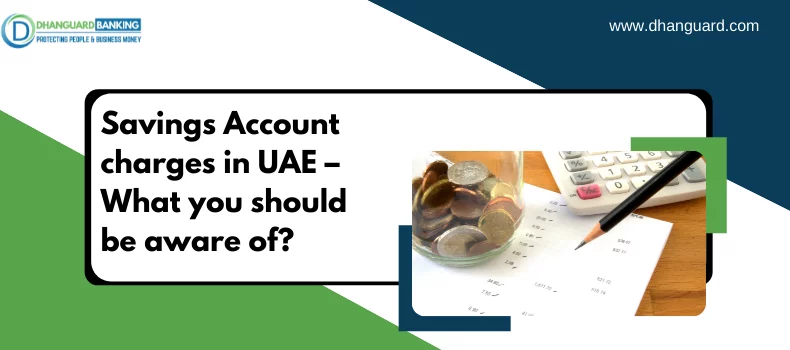What is Debt Burden Ratio?
In the dynamic world of finance and banking, understanding key metrics is crucial for financial institutions and individuals. One such critical metric is the Debt Burden Ratio (DBR), which is pivotal in assessing financial health. The Debt Burden Ratio (DBR) is the percentage burden of your liabilities on your income. In layman's terms, it's the ratio of your debt (loans) to your income (salary). Another ratio called Debt to Equity is determined for businesses and corporations. DBR is also known as IIR (Instalments to Income Ratio), DIR (Debt to Income Ratio), or DSR (Debt Service Ratio) (DSR). However, it is most commonly referred to as DBR. In this Blog, Dhanguard will explain the concept of the Debt Burden Ratio in UA; we will delve into the meaning of DBR in banking, its significance, the formula to calculate it, and its relevance in the financial landscape of Dubai and beyond.
What is the Debt Burden Ratio (DBR)?
Debt Burden Ratio, or DBR, is a numerical ratio that banks consider when determining whether a specific applicant qualifies for a loan. A few items, including the credit score and debt-burden ratio, are some common aspects that all the banks follow, even if each bank has its own set of rules as the eligibility requirements when approving. The Debt Burden Ratio, often DBR, is a financial metric used to evaluate an individual's or a company's ability to manage their debt obligations about their income. It is a fundamental tool for lenders and financial institutions to assess the creditworthiness of borrowers.
DBR Meaning in Banking
In banking, DBR refers to the Debt Burden Ratio, a critical indicator of a borrower's capacity to service their debts. Financial institutions, including banks in Dubai, use the DBR to measure the risk associated with lending money to an individual or business.
Debt Burden Ratio Formula
The Debt Burden Ratio is calculated using a simple formula:
DBR=Total Monthly Debt / Total Monthly Payments
-
Total Monthly Debt Payments: This includes all monthly debt obligations, such as mortgage payments, car loans, credit card minimum payments, and other outstanding loans.
-
Total Monthly Income: This refers to the entire monthly earnings, which typically include salary, rental income, dividends, and any other sources of income.
The result is usually expressed as a percentage.
Therefore, a company's debt ratio is 0.3 or 30% if its total assets are $100 million and its total debt is $30 million. Is this company's financial standing better than one with a 40% debt ratio? The sector determines the response.
For a sector with unpredictable cash flows where most enterprises take on minimal debt, a debt ratio of 30% may be too high. A company with a high debt ratio compared to its competitors would likely find borrowing expensive and run into financial trouble if circumstances change. In contrast, a company in an industry like utilities, where cash flows are steady, and larger debt ratios are the norm, may find it simple to handle a debt level of 40%.
What is DBR in Banking Used For?
Some major uses of Debt Equity Ratio are as follows:

Credit Assessment:
Banks and financial institutions use the DBR to evaluate loan applications. A lower DBR indicates a lower risk for the lender, making it more likely for the applicant to secure a loan.
Risk Mitigation:
Using the DBR, banks can assess borrowers' ability to meet monthly debt obligations. This helps in reducing the risk of loan defaults.
Debt Management:
Individuals can use their DBR to gauge their financial health and manage their debt effectively. It helps make informed decisions regarding additional debt or reducing existing liabilities.
DBR in the Dubai Financial Landscape
As a global financial hub, Dubai places significant importance on financial metrics like DBR. For residents and businesses in Dubai, maintaining a healthy DBR is essential when seeking loans for various purposes, including property investments, business expansion, and personal finance needs.
Tips for Managing Your DBR:
Some tips for managing your Debt Equity Ratio are as follows:
-
Reduce High-Interest Debt: To lower monthly debt payments, consider paying off high-interest debts first.
-
Increase Income: Explore opportunities to increase your income, such as side jobs, investments, or rental income.
-
Budgeting: Create a budget to manage your expenses effectively and allocate some of your income to debt repayment.
-
Financial Planning: Seek advice from financial consultants in Dubai to create a comprehensive financial plan tailored to your needs.
Why is DBR Calculated?
In their most recent laws, the Central Bank of the UAE established a maximum DBR of 50% for people, whether UAE nationals or expatriates. The DBR for retirees in the UAE is 35%. This means your total monthly EMIs plus 5% of your credit card payments should be at most 50% of your monthly wage.
There was no explicit guideline in the UAE till 2006, so banks raised their risks by overexposing themselves and maintaining a high DBR limit of up to 65%. While banks were delighted to lend more, this generated market instability, as individuals seeking loans and credit cards sought them from various banks and finance businesses in the UAE.
Why is DBR Calculation Important?
Let's take a look at a hypothetical situation. The applicant's monthly income is AED 10,000, and the EMI is AED 7,000. The question that arises in such a situation is how they will survive if all their earnings are used to pay EMIs. Problems like this cause great damage to banks. Eventually, banks enforced harsher guidelines and examined the applicant's debt-to-burden ratio(s).
In the current scenario, the applicant must submit a complete set of documents, including a salary certificate, bank statements, and any other evidence requested by the bank for a personal loan in the United Arab Emirates. Banks use these documents to assess the borrower's ability to repay the loan and, as a result, determine the sanctioning power.
The filing of these records by banks in the UAE is becoming more exact. They calculate the debt-to-burden ratio using these documents; if the balance is less than or equal to 50%, the loan is accepted; otherwise, the loan is rejected.
What is the proper Debt Burden Ratio for obtaining a loan?
Your DBR must be at least 50% to qualify for a loan in the UAE. Previously, the top limit was 65 %, and people took advantage of this by taking out numerous loans, increasing their cost of living and forcing banks to incur losses and arrears in payment collection. At the moment, the ratio is 50%. The debt-to-burden balance should ideally be zero, but in practice, it should be kept as low as feasible.
Why should one Calculate Debt the Burden Ratio?
Personal Loans are only given out after banks have checked the debt-to-burden ratio of the loan applicants. It analyzes the applicant's ability by looking at their cash flow to see if they can repay the loan on time. The incoming cash flow is compared to the outgoing cash flow to determine whether or not an additional payment may be accommodated on the list. As a result, if the DBR is greater than 50%, banks will reject the application.
It's better to calculate your DBR rather than requesting a loan and being turned down. Even denied applications can have a minor impact on your credit score.
How can DBR be reduced?
Here are some helpful hints for maintaining a low DBR:
-
Pay your monthly interest on time and aim to pay down your loan balance gradually.
-
Try using a debt consolidation service to consolidate your debts into low-interest transfers.
-
Make an effort to increase your monthly revenue.
-
Pay off any outstanding debts as soon as possible.
These are a few methods for lowering your DBR while maintaining a solid credit score.
The Debt Burden Ratio was created to secure banks by giving out fewer loans and deter consumers from overspending and getting into debt. "A bad debt means forsaking your future requirements for your present."
Conclusion
A bank's primary goal is to safeguard its assets, which are loans. Banks prefer to limit their exposure to a single individual to protect their assets, as mandated by the UAE Central Bank. The Debt Burden Ratio (DBR) is a vital financial metric that plays a crucial role in Dubai's banking and economic landscape. Understanding its meaning, calculating it using the Debt Burden Ratio formula, and managing it effectively can significantly impact one's financial health and creditworthiness. Whether you are an individual or a business entity, keeping your DBR in check is essential for achieving monetary stability and realizing your financial goals. The DBR offers banks a good indicator of a person's ability to service loan repayments or EMIs. For more information, connect to our experts at Dhanguard.



